Carnival Corporation reducing reliance on North America
Carnival Corporation has re-emphasised its focus on growth from Europe during the cruise conglomerate’s annual shareholder meeting in Southampton.
Figures released at the meeting showed that European sales in the eight weeks to the end of March were outperforming North America.
Sales of European cruise brands for the two month period were 26% up on prices nine per cent down year-on-year.
Volumes for North American brands in the equivalent period were up by 15% on prices 21% down.
“Clearly we are seeing our European businesses are performing stronger than our US businesses,” said vice chairman Howard Frank, who described 2009 as being a “challenging year”.
The company, which carries eight million passengers a year representing 48% of total carryings worldwide, has started to slow down its ordering of new ships, with three per cent growth in the US between 2009 and 2012 and 10% for European brands.
This compares with North American growth of eight per cent between 2004-08 and 13% growth in Europe in the same period.
Nonetheless, there are 17 ships still to be delivered across all Carnival brands by 2012.
These include P&O Cruises’ Azura next April and Queen Elizabeth for Cunard Line at the end of 2010 at a total cost of $1.3 billion, representing 5,190 additional berths.
Nine ships are destined for Continental Europe brands worth $4.8 billion and representing 22,107 berths.
Six vessels are to be added to North American brands in the period worth $9 billion representing 38,057 berths.
Overall capacity growth by 2012 is planned at six per cent, comprising two per cent for the UK due to the withdrawal of Ocean Village, three per cent in North America, 14% in Continental Europe, and 19% in Asia and Australia.
Capacity by source market in 2008 was split by North America (66%), Europe (32%) and Asia Pacific (2%). This is projected to switch by 2012 to North America (59%), Europe (37%) and Asia Pacific (4%).
Frank described how the organisation was meeting the economic downturn with a recruitment freeze, a hold on salaries and bonus cuts for senior management and securing better deals from suppliers.
The organisation is also moving ships to the strongest markets, such as the two Ocean Village vessels being switched to P&O Australia at the end of this year and 2010.
Carnival also is best positioned to cope with the downturn with the highest operating margins and strongest balance sheet against rivals Royal Caribbean and Norwegian Cruise Line, shareholders were told.
 United Kingdom
United Kingdom United States
United States Asia Pacific
Asia Pacific







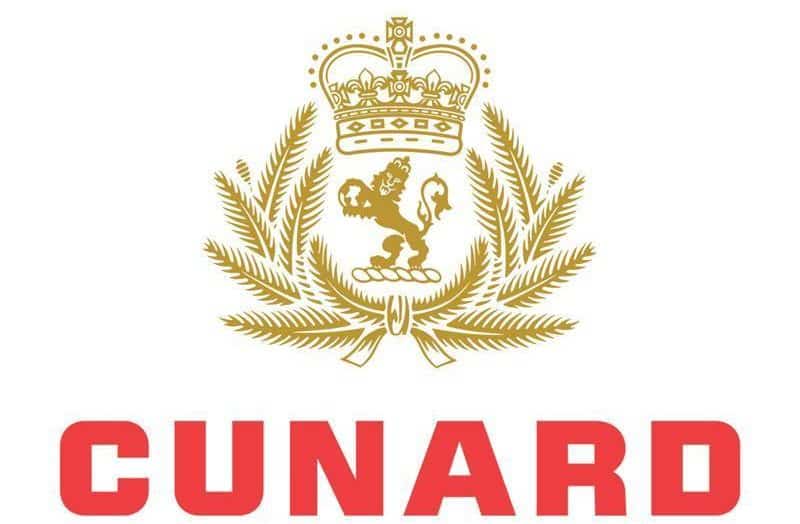

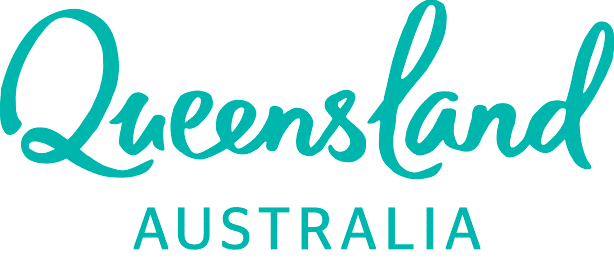
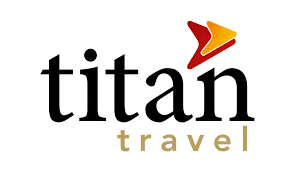





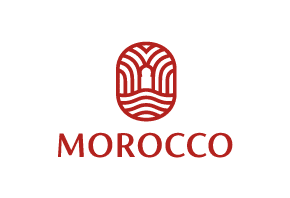


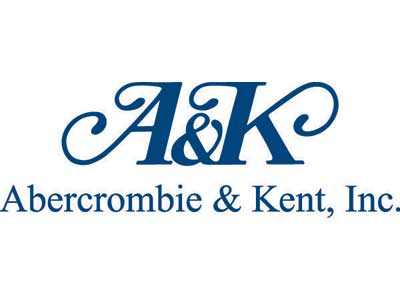

























Dozens fall ill in P&O Cruises ship outbreak
Woman dies after getting ‘entangled’ in baggage carousel
Turkish Airlines flight in emergency landing after pilot dies
Boy falls to death on cruise ship
Protestors now targeting Amsterdam cruise calls